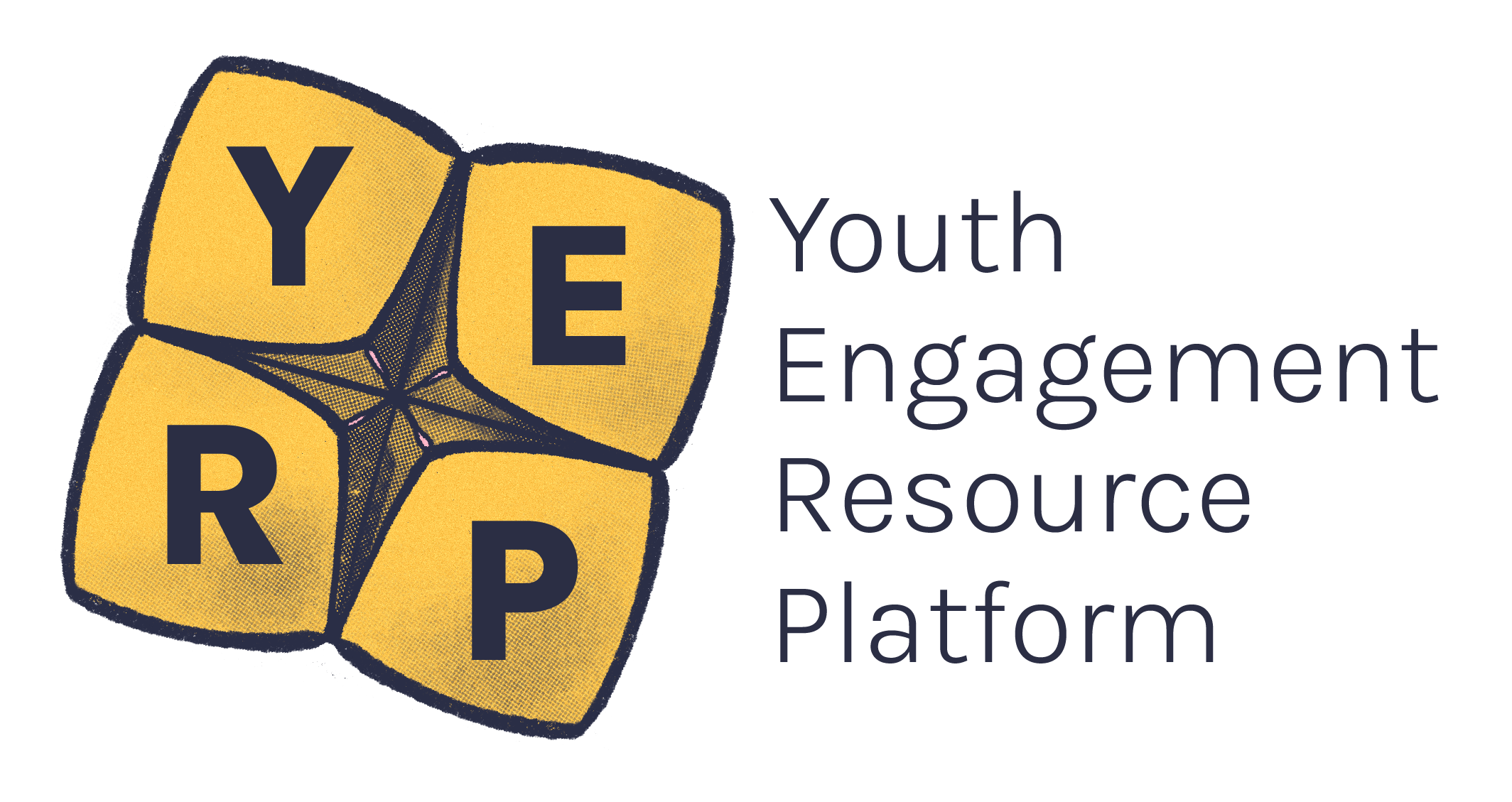'Together: Building an Inclusive Youth Sector' is ensuring that young people with disability are able to access the same services as everyone else. The project is training youth workers to better understand and support young people with disability.
Alongside training workshops, the project developed an online resource and built relationships between mainstream youth services and disability specific services. Complete the free, online training module on our website.
Youth Disability Advocacy Service (YDAS) hired five young people with disability to co-design the project. The co-designers are Bethany, Stella , Tess, Tadc and Campbell.

Over the last few months, the co-designers have been consulting with youth sector workers from across the state to learn more about what they need to know about being more inclusive and accessible.
“I’ve learnt so much about myself and how I fit into society just by doing this job. Now I think, ‘How can I approach a situation as a person with disability to help people understand more about people with disability and make them more inclusive of people like me?”
–Bethany, co-designer
Learning together to build an inclusive youth sector
Recently I attended YDAS’ ‘Together: Building an Inclusive Youth Sector’ training run by three of YDAS’ young co-designers, Stella, Tess and Campbell. I wanted to learn more about how I can make Youth Affairs Council Victoria (YACVic) more inclusive to young people with disability.
On the day of the training, everyone from YACVic's core and partner agencies Koorie Youth Council, Victorian Student Representative Council and YDAS participated in the pilot of the training.
As part of my own work in the YACVic Communications team I try to make our digital presence as inclusive for young people with disability as possible. This can look like including alternative (alt) texts for images, creating accessible documents (did you know PDFs are not accessible for screen readers?) and captioning videos natively on platforms. These are all small things that we do at YACVic.
We learnt how to ask good questions, which is dependent on a number of factors such as context, your relationship with the person and how you ask the question. Framing questions in a way that allows for the young person to have a say and feel like they are included in the decision-making is important. For example asking the young person, How would you like to participate? and How do you want me to send you more information (via email, phone call etc)?
Always ask the young person with a disability about how they would like to work with you. If you feel like it might be a silly question, don’t worry, chances are someone else has asked that question too.
Another highlight of the training was when we gathered into smaller groups to review good practice. We were introduced to an ‘access key’ – a guide on making events more accessible.
An access key gives readers thorough information about a venue or event. Details such as directions, how wide a door is, how far away the nearest public transport is, descriptions of the venue and photos are all useful. Going forward, YACVic will ensure that we include an access key for our events and for our office. If you’re keen to check out what an access key can look like then have a look here.
Why is the program important?
The Together project ensures that youth workers better understand and meet the needs of young people with disability, better engage with and actively include young people with disability and create more accessible and inclusive events, activities and services.
What is co-design? And how does it work in practice?
“The project needs several co-designers to enable an understanding of different types of disability and reducing the intensity of the work.”
–Tessa, co-designer
Co-design has become a buzzword in the community services sector. But what is it and how does it look in practice?
I spoke with Sebastian, YDAS Youth Sector Capacity Project Officer about his thoughts on co-design and here’s what he had to say:
“Co-design is about listening to the people affected by the project. It’s about giving them the power to create a product that is relevant to them. They are the experts on their experiences and that they are the best ones to tell their own stories. Organisations should provide support and structures where these experts can thrive in. This allows them to contribute their best and learn in a way that suits them.
There are a whole bunch of theories, methods and thinking about how to do co-design well. But the best way to co-design is the way that works best for that group in particular.
I have supported the co-designers involvement in every stage of the project. I have ensured that they learn as much as they can about project planning and delivery.
I do not have the authority, experiences or stories to do this project by myself. But together, we do.”
For YDAS, collaboration is central to the co-design model. Young people with disability were not only consulted but led the way in researching, designing and delivering the training. Moreover, they have been paid for their time to collaborate on the project. The co-design approach considers all stakeholders in the program, but in this case it is driven by young people with disability. One of the strengths of the program has been its flexibility. The program has responded to each of the co-designer’s availability, interests and what they want to learn.
Keen for your organisation to run a workshop?
Complete the free, online training module on our website.
If you’re interested in learning more about these workshops then get in touch with YDAS Youth Sector Capacity Project Officer, Sebastian at santoine@yacvic.org.au for more information.



